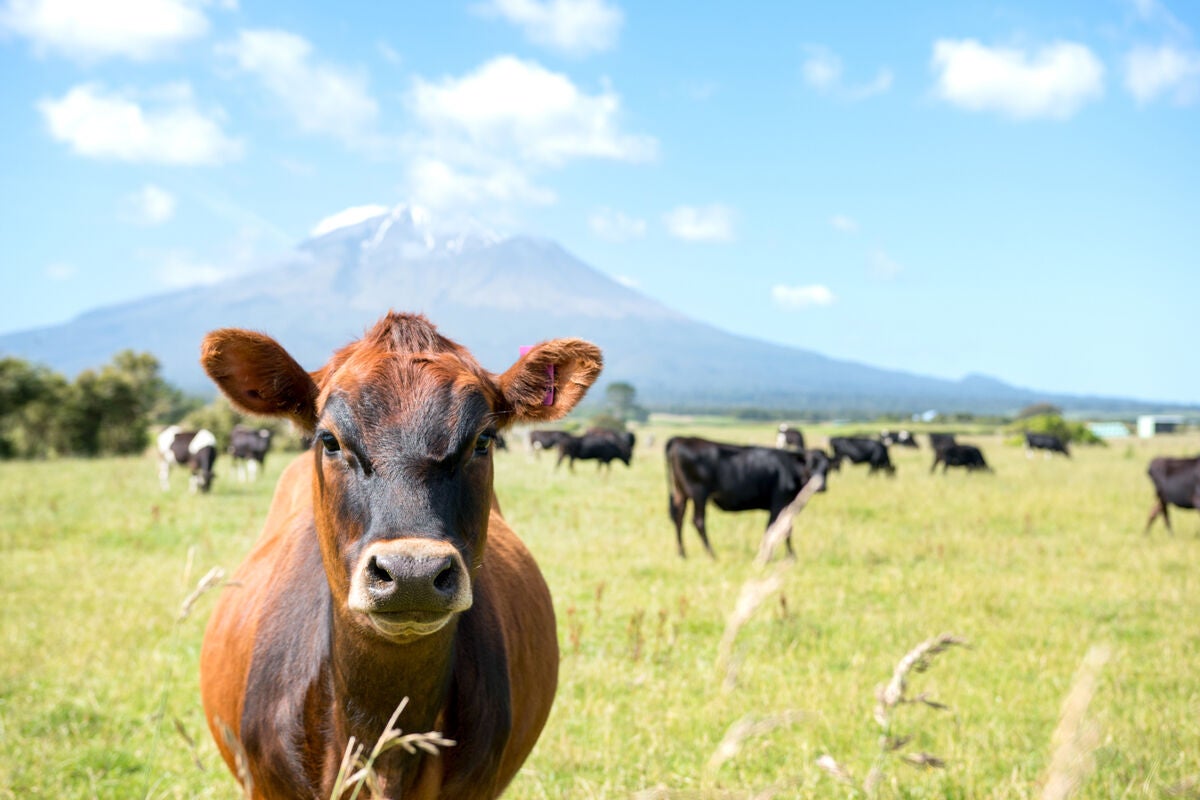Options open up with Commission.

The release of the Climate Change Commission’s first set of recommendations for New Zealand has been met with relatively widespread acceptance across the entire community, with a recognition that all sectors need to play a part if this country is to meet its obligations under the Paris Accord.
Farm leaders have welcomed the wider engagement with the rest of the economy after a decade of feeling under the spotlight on both water quality and greenhouse gas emissions.
There is also an acceptance that because the recommendations come from a commission, rather than a political body, there is a greater chance the final recommendations will be more likely to be locked in, providing much needed certainty for every sector required to make sacrifices and adjustments in the future.
The major farm focused recommendation from the commission has been for a 15 percent reduction in livestock numbers by 2030, a number met with some trepidation by the pastoral sector, however still considerably lower than those mooted in the early days of climate change calculations.
Bayleys national director rural Nick Hawken says given we are one of the most efficient producers in the world, research shows that a reduction in New Zealand primary production would be detrimental to the global carbon footprint overall. However, it is positive the Commission considers a limit on the stocking numbers and intensity of farming systems will only be a temporary cap on production, until technology and science catch up.
In its emissions budget the Commission sees milk solids per cow continue to rise on the back of evolving herd improvement and better use of existing technology. However, coupled with new water quality regulations, some regions are likely to experience the full effect of those reductions to meet both sets of regulations. But others may face relatively small dips, offset by continuing genetic productivity gains and possible technology to reduce emissions, as it evolves.
The Commission has acknowledged New Zealand’s Emissions Trading Scheme (ETS) will not be the single solution to meeting climate change targets, with action needed from all sectors. He says it is refreshing to see the Commission is expecting more from all New Zealanders in dealing with climate change and rewarding to know farming is so far advanced on technology and techniques to help reduce the impact.
The Commission has acknowledged New Zealand’s Emissions Trading Scheme (ETS) will not be the single solution to meeting climate change targets, with action needed from all sectors.
“There is definitely an opportunity here for farmers. Carbon sequestration will undoubtedly play a role to absorb existing carbon emitted, and then there are alternate land use opportunities such as sheep, goat or deer milking which are all increasing in popularity amongst producers and have the ability to yield higher nutrition value from a lower carbon footprint”.
Meantime those farms that do comply and thrive will secure a base value in an environment where land use change will be more difficult, if not impossible in some catchments.
“So we should see a base level of pastoral farms in particular that will not only be compliant, but will not be increasing in numbers, so arguably their values should be preserved or even improve over time.”
So we should see a base level of pastoral farms in particular that will not only be compliant, but will not be increasing in numbers, so arguably their values should be preserved or even improve over time.
Bayleys Waikato general manager Mark Dawe says, with the higher prices for carbon and more definitive moves to lock in climate change initiatives, interest is starting to strengthen in land’s forestry potential.
“We have certainly had more interest even in the last couple of months from the likes of corporates exploring their options for forestry plantings as a carbon offset to other corporate activity.”
Mark says the potential to commit less productive land on a farm to carbon forestry is greater than ever, compared to relying upon the traditional grow and harvest model. This has often seemed less appealing to farmers in more remote areas, where significant funds would also have to be committed to ensuring felling access and distance to port can reduce net log returns.
Growing forests to sequester carbon could provide a good land use option in tougher country. Over a 32-year period in lower North Island a pruned radiata site could absorb 25-30 tonnes of carbon a year.
“Meantime, remaining pastoral farms will likely be future proofed by meeting emissions and water quality standards, continuing to offer a sound investment opportunity, and there are some exciting land use alternatives presenting themselves that will benefit farmers and the planet” says Nick.
